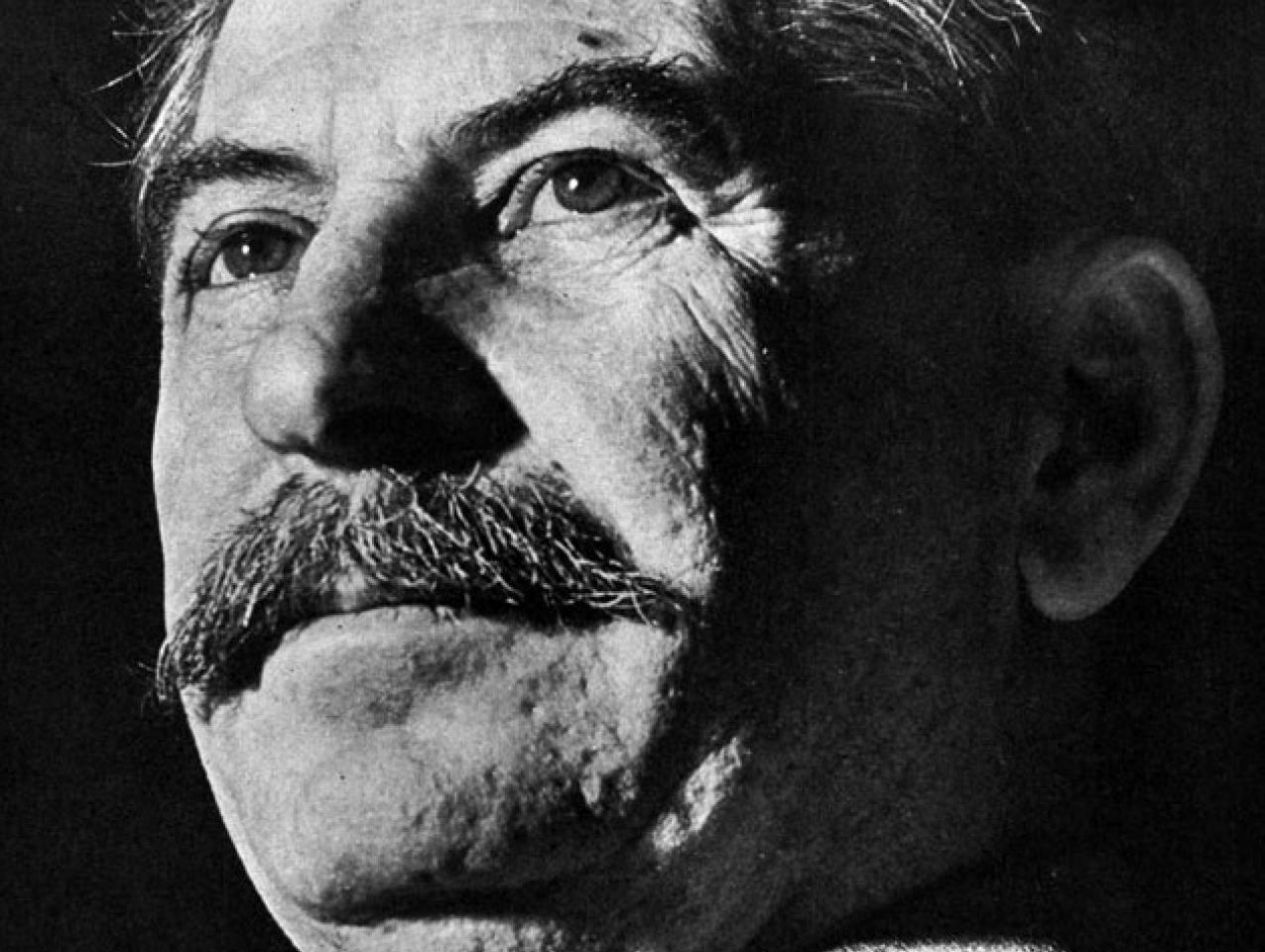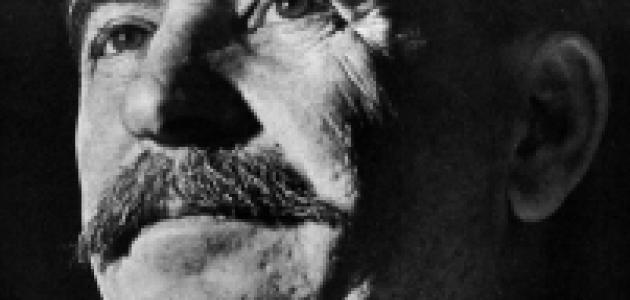Vladimir Putin has created a vast climate of fear that extends beyond Russia and the Russian diaspora. As such, it effectively muzzles anti-Putin sentiment around the world. How this climate of fear works, and its differences from Stalin’s brand of terror, can be illustrated by two contrasting jokes from Russia, then and now.
Take the following anecdote adapted from Aleksandr Solzhenitsyn’s Gulag Archipelago: Prisoners arriving at a camp are organized in lines, according to their sentence. One in the ten-year line protests, “But I’ve done nothing wrong!” The guard answers: “No, it is those in the five-year line who did nothing wrong.”
A joke circulating in Putin’s Russia delivers a different, nuanced message: Putin visits a school and asks for questions. Kolya raises his hand: “I have just one question: Why are Russian soldiers in Ukraine?” The recess bell rings before Putin can answer. After recess, Mischa raises his hand: “I have three questions: Why are Russian soldiers in Ukraine? Why did the recess bell ring so early? And where is Kolya?”
Indeed, true to the Solzhenitsyn anecdote, a high percentage of those jailed and executed under Stalin had no comprehension of what they had done to warrant such punishment. It was randomness that underlay Stalin’s climate of fear. Not knowing how to avoid arrest, incarceration, or execution was perhaps the greatest weapon of Stalin’s terror arsenal. Even his “loyal” managers, officials, and party bosses went to bed with a packed suitcase under their beds. The sight of white-trousered NKVD officers was enough to send whole apartment buildings into panic.
Putin’s climate of fear shares Stalin’s use of extreme punishment for what we would consider minor or nonexistent infractions, but, unlike Stalin’s repression, Putin’s is finely targeted to punish specific kinds of dissident behavior. By cranking up the price of specific off-limit activities, you’ll get less of it. This dynamic gives Putin considerable bang per repression buck, for a kind of “lesser terror.”
Examples from Putin’s Russia: A dual passport holder faces twenty years in prison for donating $51 to a Ukrainian charity. Mourners are arrested for carrying flowers to Alexei Navalny’s funeral. Those who call the fighting in Ukraine a “war” rather than a “special military operation” face long prison terms. A Russian military pilot deserts but is gunned down in Spain, where he thought he was safe. A noted opposition figure, Vladimir Kara-Murza, is sentenced to twenty-five years in prison for opposing Putin, after surviving two poisoning attempts. Other dissidents are killed by “falling” out of tall buildings.
These punishments have become routine. They constitute an integral part of daily life in Putin’s Russia. Unlike the random nature of Stalin’s repression, by and large, Putin’s terror offers a choice. If you don’t carry flowers to Navalny’s funeral, if you don’t call Ukraine a war, and if you don’t brand Putin’s elections a fake, you can largely avoid repression.
Most everyone knows the rules and the choices. The Kolya anecdote hints that the “disappeared” student did not ask his question out of naivete. He likely knew what he was doing and was prepared to pay the price, perhaps out of youthful exuberance. Some half million Russians have left their homeland in response to Putin’s targeted repression.
Neither Putin’s nor Stalin’s victims have the off-ramp of a safe exile, even those with dual citizenship.
Poisonings, mysterious accidents, and assassinations in public parks await those Putin opponents who flee Russia for the purported safety of the West. Pro-democracy activists must worry with every meal or glass of beer whether they have been poisoned. Dual Russian-US citizens worry that their laptops and smartphones are tapped. They refuse to donate to anti-Putin causes, fearing the consequences. They worry that relatives still in Russia will be singled out if the wrong words are uttered thousands of miles away in Los Angeles or New York.
Hesitation to speak out against Putin’s regime extends, to my surprise, even beyond the Russian diaspora. A technician worries that involvement in a Putin-related IT project would subject him to cyberattacks. Bloggers who write unfavorably about Putin’s Russia are beset by armies of trolls writing threatening and insulting hit pieces and launching personal attacks. As an example, I was once threatened by a self-proclaimed pro-Putin “ex-Marine” who was coming by my office for a “friendly chat.” He never showed. He probably existed only in the virtual world, but I’ll never know.
Stalin created the same sense: regime opponents, real or imagined, have no place to run and hide. High-profile opponents like Leon Trotsky could escape only so many attempts until a pickaxe-bearing assassin caught up with him in Mexico.
Stalin’s Gulag reached its maximum capacity as World War II was winding down, and the Russian people were expecting a return to normal life in return for their wartime heroism. They did not get it. According to Stalin’s logic, soldiers on the front lines had seen the West; they might even have fraternized with their Western allies. Those from occupied territories probably had contacts with the fascist enemy. Few joined the underground as they were supposed to do. Thousands of Ostarbeiter (slave workers in Nazi Germany) had lived and worked with the enemy. Every one of them could have been infected with Western ideas. Best to isolate or kill them. Trying to sort the truly infected from the others would overlook some true “enemies of the people.”
According to both Stalin and Putin, the state could be attacked from within and without. Stalin lobbied hard for the return of “displaced” Russians, Ukrainian, and Balts, not to welcome them back but to execute or imprison them. US occupation forces reported suicides of Russian nationals who understood the fate that awaited them in Mother Russia.
Stalin imprisoned and executed tens of thousands of repatriates, supposedly to prevent the spread of political infection from abroad. Putin’s political technologists advise him that deterrence can be achieved with relatively small numbers of repressions via the principle of targeted repression. Throw a few flower-bearers for the Navalny funeral in prison and deter thousands from the same act.
One hears criticism that the Russian people have “enabled” Putin. After the March elections, some major US newspapers wrote that Russian voters had “given” Putin a fifth term. We read that if only more had stepped up, as brave Navalny and his anti-corruption team had done, Putin would have been long gone. Such criticism overlooks the fact that Putin is a master at gearing up (and rarely ratcheting down) political repression. How many of us could have stood up to Putin’s repression machine?
Note that Stalin’s reign ended with his death, and Putin will soon be the longest ruler of Russia, seventy-one years old and in presumably good shape. Both built “repression fortresses” that the West does not know how to dismantle. That the world is “helpless” to do so is not a satisfactory answer. As someone whose claim to legitimacy rests upon fake elections and on the iron prohibition of viable rivals, Putin is weak, not strong—but we do not know how to exploit his weaknesses.

















